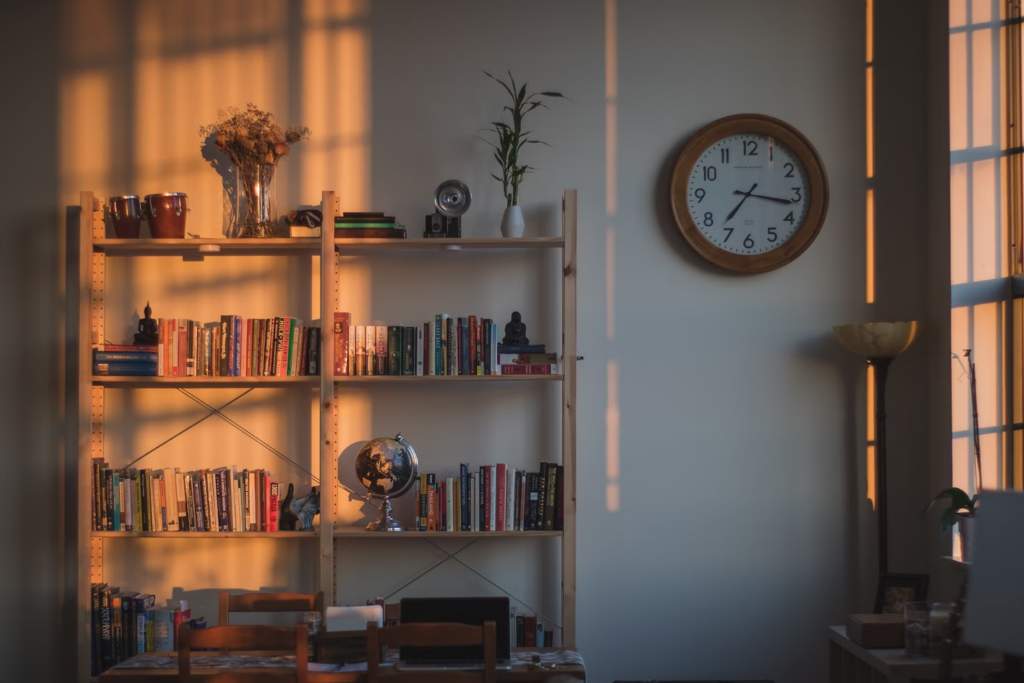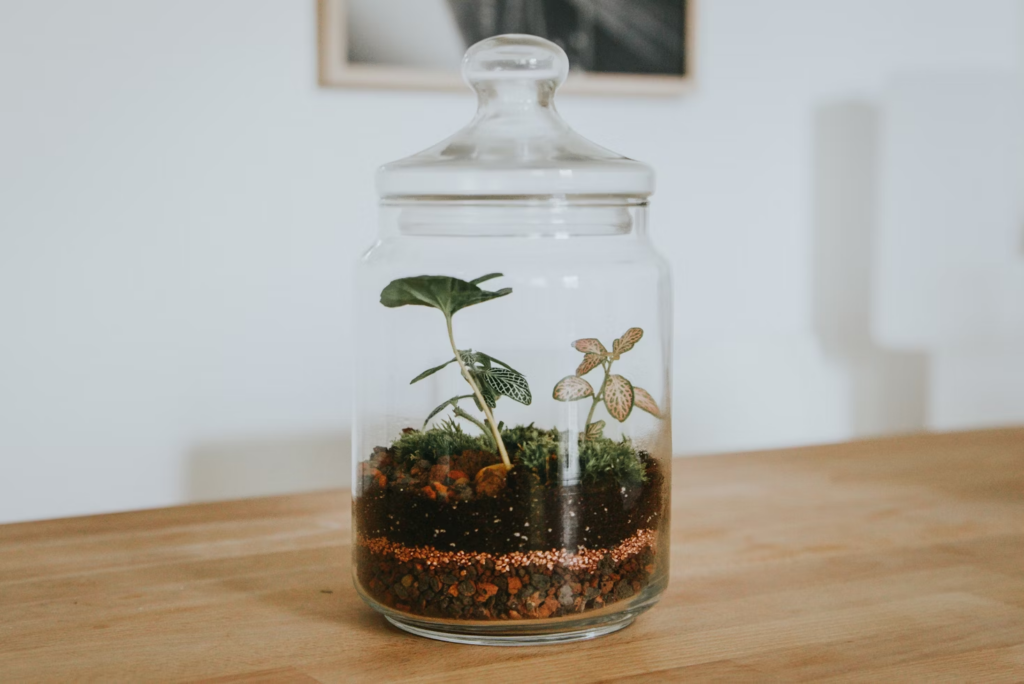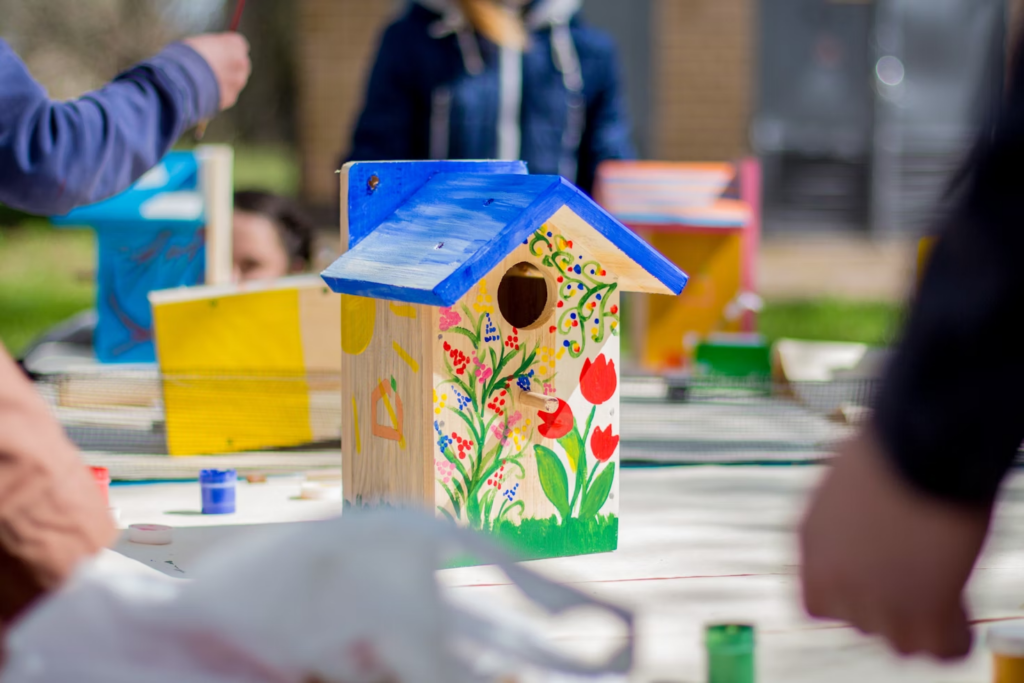“When stress builds up and life feels repetitive, slowing down to make something with your hands can be the most creative kind of therapy.”

Feeling a little stressed or stuck in the usual routine? Sometimes the best way to recharge is by picking up something with your hands and letting your mind wander creatively. Artisanal workshops are a hands-on way to explore new interests or dive deeper into hobbies you’ve always wanted to try. With so many options around Singapore, there’s plenty to discover.
This list of 12 artisanal workshops highlights experiences where you can learn a skill, craft something with your own hands, and enjoy the process along the way. Many of these sessions are open to adults, and some also welcome kids, so it can be a solo adventure or a fun activity to share.
1. Taoz Ceramics Studio

Tucked inside Orchard Gateway, Taoz Ceramics Studio is a lovely spot for families who want to try their hand at ceramics. With a range of pottery classes for all skill levels, everyone gets a chance to shape and paint something that’s truly their own.
The studio also has pottery painting sessions and trial lessons, so you can easily drop in and see what it’s all about. They even run team bonding activities, which are a great way for families or groups to connect through something creative. The space feels warm and welcoming, making it easy to settle in and enjoy the experience at your own pace.
2. Studio MU / YU
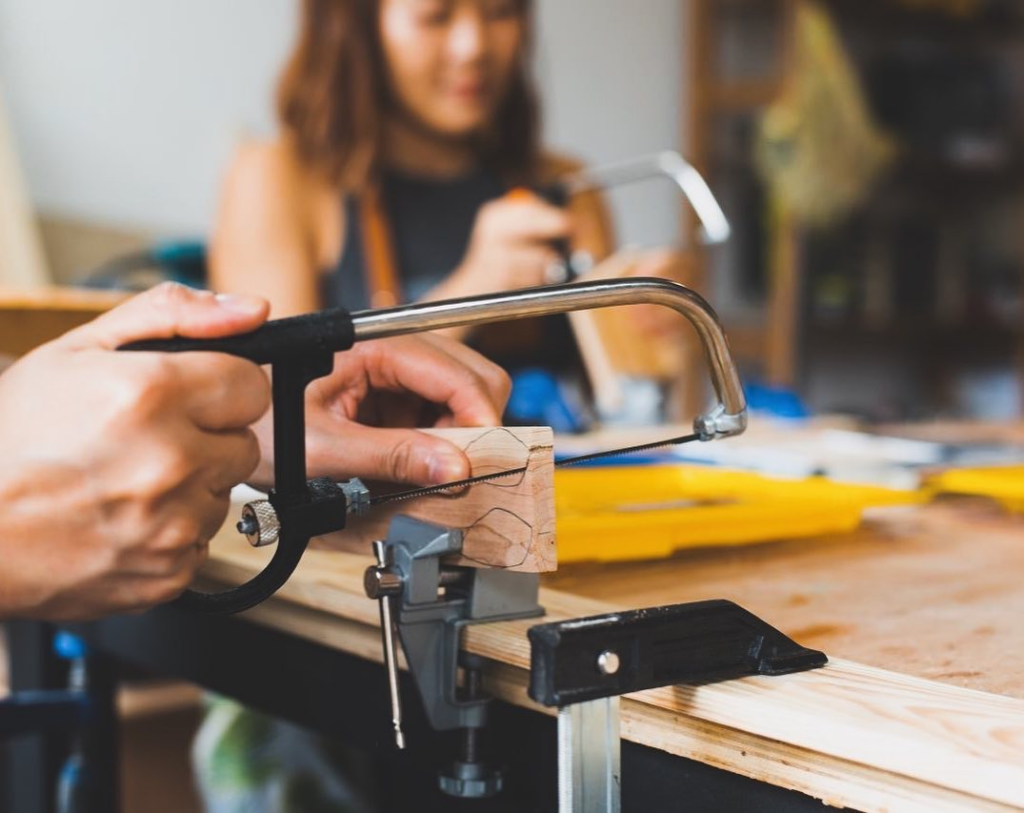
Studio MU / YU invites you into the calming and creative world of woodworking. In this three-hour workshop, you’ll get to work with traditional hand tools, learning through clear and engaging demonstrations that make the process approachable, even if it’s your first time.
During the session, you’ll design and cut your jewellery template, turning your ideas into something you can hold and take home. You’ll find the studio on Level 3 at 91B Lavender Street.
3. Crafune

If you’ve ever wanted to make your own leather accessories like a bag, coin pouch, keychain, wallet, card sleeve, or cardholder, Crafune in New Bahru is a great place to start. Their leather accessories workshop teaches you the basics of leather crafting.
You’ll get to pick from a variety of leather colours and add a personal touch with hot stamping. The workshop encourages creativity and gives you the chance to design something you can use every day or share as a thoughtful gift.
4. Perfumeplay

Located at 23 Bali Lane, Perfumeplay offers a delightful experience in the art of scent-making. The workshop introduces participants to the fascinating history of perfumery and the natural ingredients that create different fragrances. With a wide selection of essential oils and scents, everyone has the chance to explore and experiment, crafting a fragrance that feels personal.
Each participant gets their interactive workstation, complete with everything needed to blend a custom perfume or candle. It’s a lovely way to spend time being creative, and you’ll leave with a beautifully crafted keepsake or a thoughtful gift to pass along.
5. Anna Craft

Anna Craft’s Tufting Workshop is a fantastic spot for anyone interested in creating unique textile pieces. You can customise your tufting projects into rugs, mirrors, pillows, or a variety of bags, letting your creativity run free with over 60 yarn colours to choose from.
The studio at Pioneer Junction is cosy yet roomy, designed to comfortably fit up to 45 people. It’s a relaxed, welcoming place to spend a few hours getting creative. They’re open daily from 12:00 to 20:00, so it’s easy to find a time that works for you.
6. The Plant Story
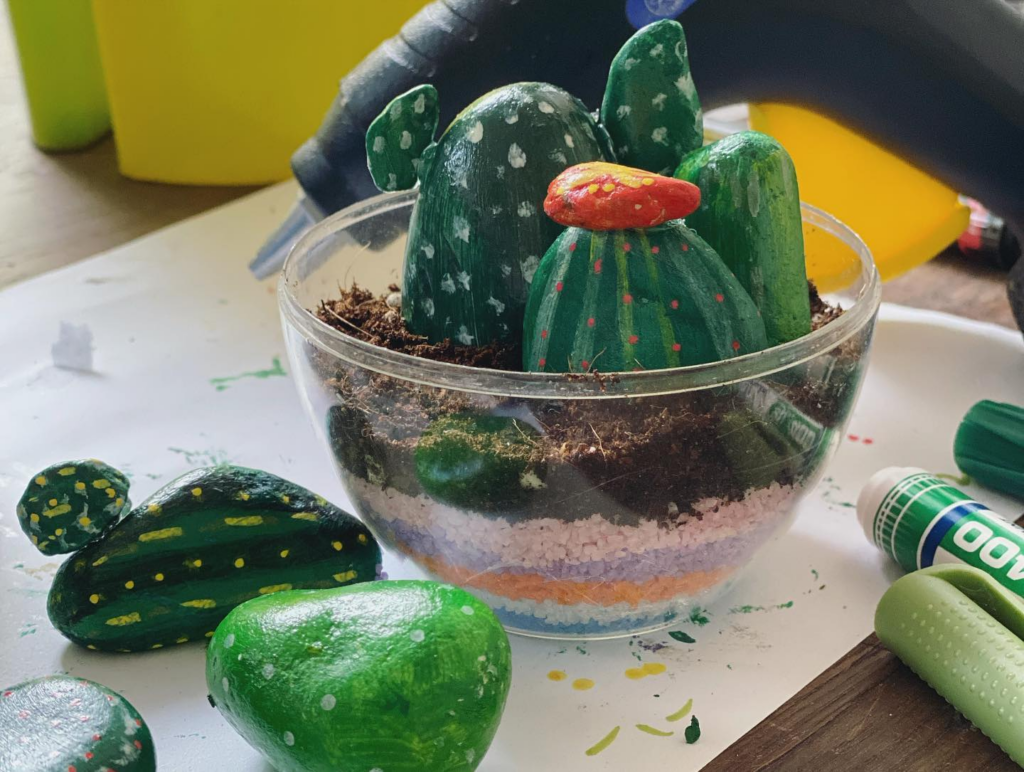
Tucked away in the peaceful surroundings of Seletar Aerospace Park, this nature-based workshop space invites you to slow down and reconnect with the natural world. Through Nature Therapy sessions, you’ll take part in activities that engage the body, mind, and soul. All in a private, green setting that feels far removed from the usual pace of city life.
Participants can create their eco-sanctuary by building a miniature garden. There are several styles to choose from, including the Rainforest Garden (also known as a terrarium), Desert Garden, Air Garden, and Water Garden.
7. Tombalek
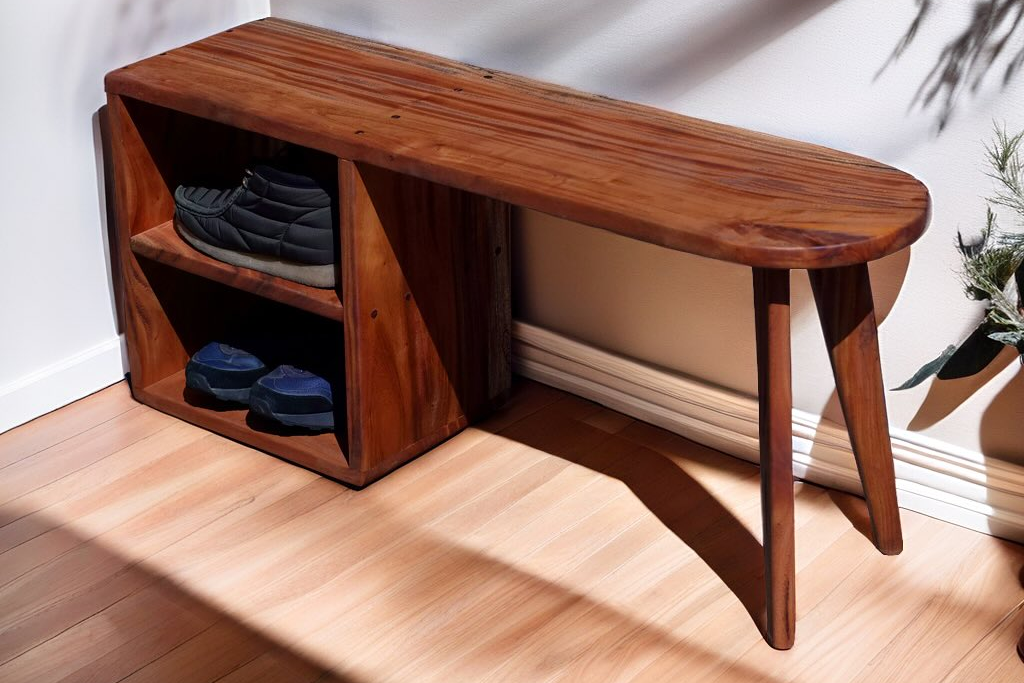
This spot is one of Singapore’s most unique and exciting creative spaces. Known as the Singapore Open Workshop, it’s where you can dive into hands-on crafts like woodworking, metalworking, and even glassblowing. If you’re curious about making a knife or designing a cheeseboard, there’s always something interesting to try here.
They also run furniture-making classes where you can build things like short stools, dining chairs, mini benches, or shoe benches. Tombalek workshop is located in the Monde Collection.
8. The Cozy Cabin
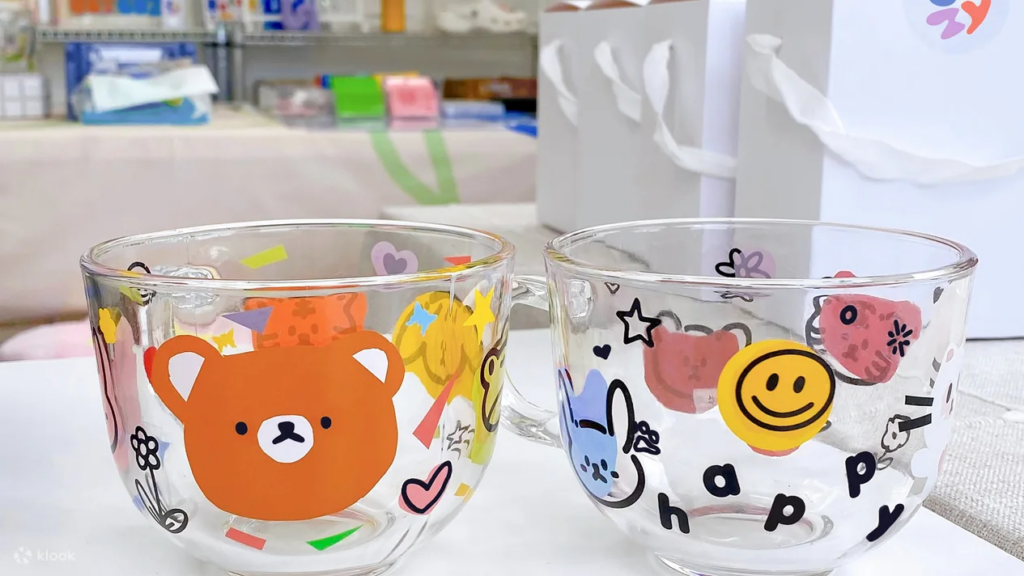
Get creative with glass decal art by decorating your own wine glass, cereal cup, or juice cup with playful and stylish designs. It’s a fun and relaxed way to explore colours, shapes, and patterns while making something uniquely yours.
Located at 35 Kallang Pudding Road, Tower A, #08-07 in the Tong Lee Building, this studio welcomes anyone aged 8 and up. Kids between 8 and 12 will need to be accompanied by a paying adult, making it a great chance for some creative family time.
9. Wildflower Studio
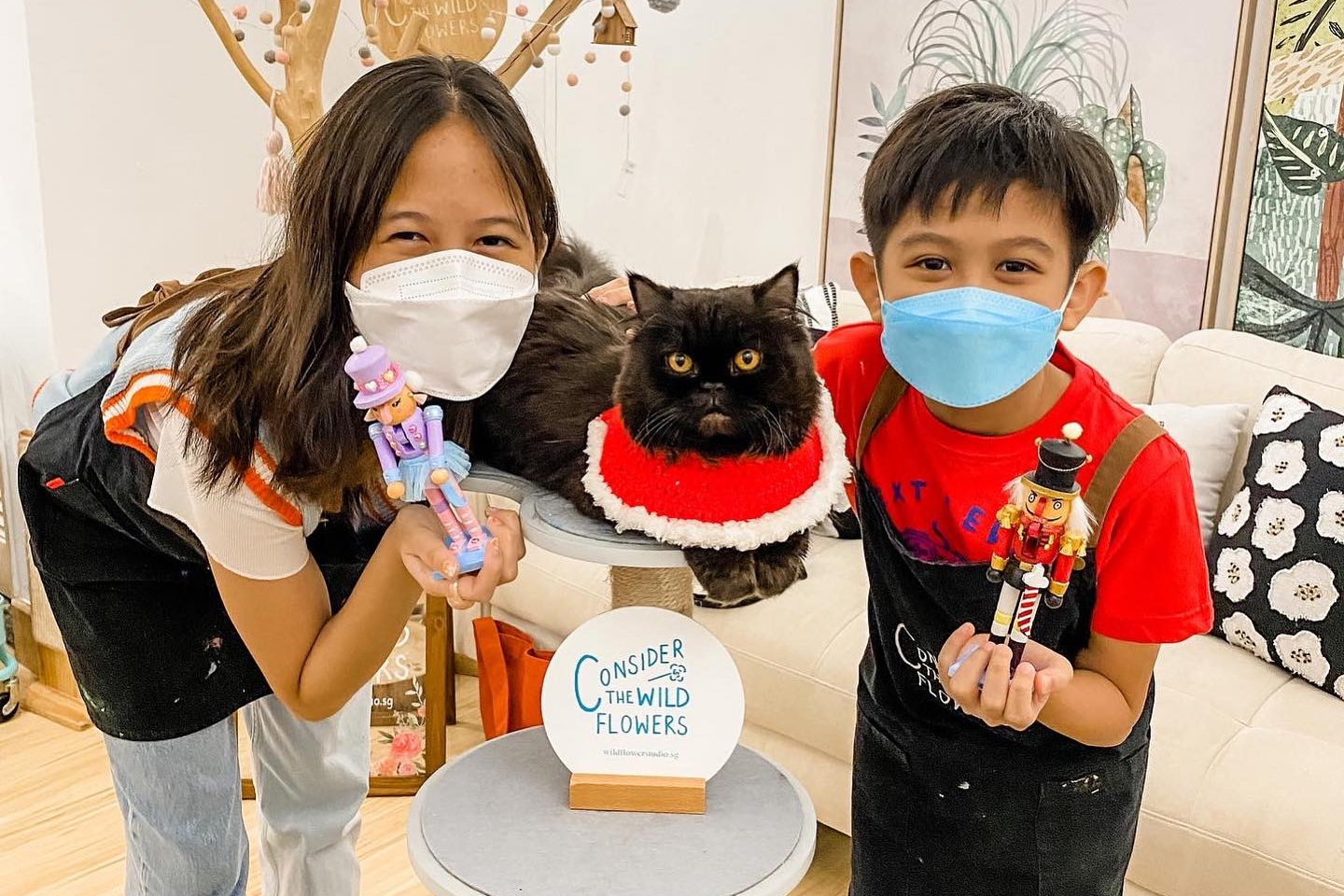
Cat lovers, this one’s definitely worth checking out. Wildflower Studio brings together creativity and calm with their unique Art Jamming with Cats experience, set in the cosy Enabling Village. The studio works closely with rescue cats through a fostering program that focuses on rehabilitation and finding them new homes.
You can pick a 2.5-hour semi-guided session or a 1-hour unguided one, depending on how you want to spend your time. You might spend the time painting at your own pace or simply chilling with the cats. It’s a relaxed way to enjoy some quality time with furry friends in a space that values kindness and respect between humans and animals.
10. The Sundowner
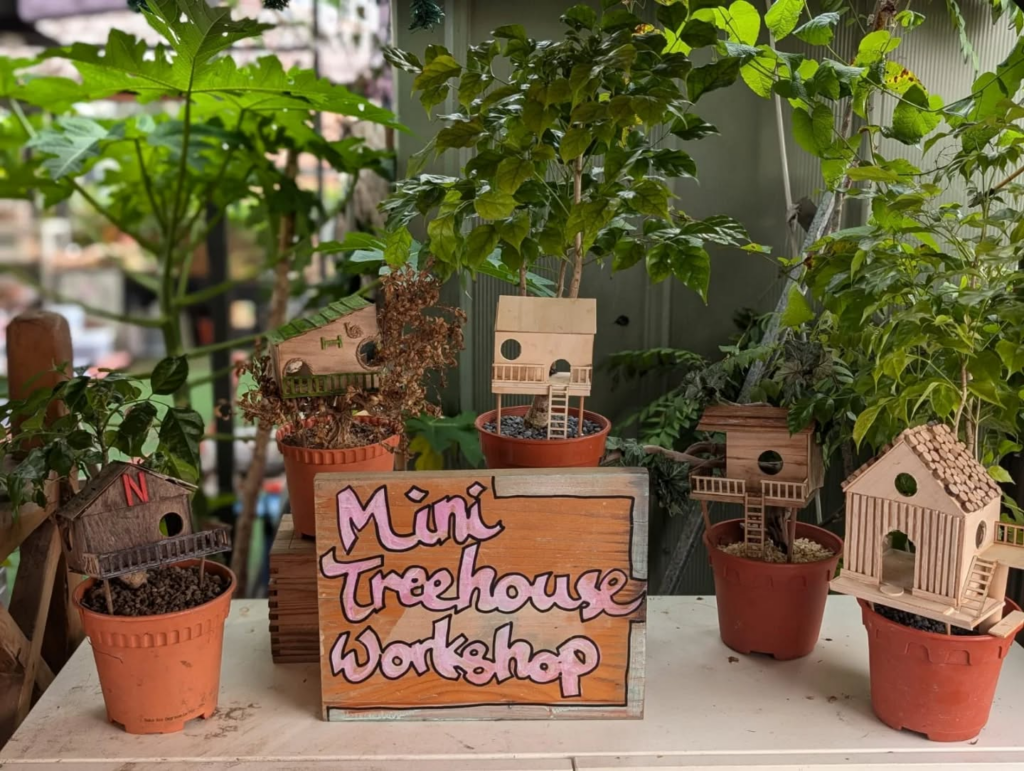
Now, let’s step into nature. Nestled near Siglap Centre at Pay2Home MTM – 7-Eleven East Coast Road, The Sundowner is a nature experience centre packed with fun activities for families. You’ll get up close with bees, ants, and earthworms during their Farm Encounters.
There’s plenty to get creative with, too, like paper marbling, terrarium building, beeswax candle making, and crafting a Mini Zen Garden or Mini Treehouse. Feeling hungry? You can brew your own coffee, mix a cocktail, or get hands-on with a handmade pasta lunch or pizza dinner, all using fresh herbs grown right on-site. With so much to explore, The Sundowner is a refreshing mix of nature, food, and craft.
11. Yixing Xuan Teahouse

Located at 78 Tanjong Pagar Road, Yixing Xuan Teahouse welcomes you to experience the calming tradition of Chinese tea making. In this one-hour workshop, you’ll dive into the rich heritage of tea culture. Learning to identify different types like White, Green, Flower, and Oolong teas, discovering classic brewing techniques, and hearing stories that link tea to Chinese art, health, and everyday life.
The session is designed for small groups, with a minimum of 2 and a maximum of 25 participants. If you’re unable to visit in person, they also have a virtual workshop option, where all the materials are delivered right to your doorstep.
12. Soap Ministry

At Soap Ministry, crafting your own skincare products is both fun and informative. The workshops focus on natural, eco-friendly ingredients like plant-based oils, ideal for anyone curious about what goes into their soap or bath bomb. Classes include Melt & Pour Soap-Making, bath bomb creation, and skincare basics, and they’re suitable for all ages.
Everything you create smells great and is gentle on the skin. Over time, using organic soap with nourishing ingredients can really improve how your skin feels. You’ll find Soap Ministry at 277 Orchard Road, Gateway, #03-04 Orchard.
Here’s the full list of 20 artisanal workshops that invite you to tap into your creative side. Regardless of age or experience, there’s always something new to explore. These sessions are a great way to slow down, try something different, and walk away with something you’ve made yourself. So go ahead, sign up for a class, bring your family and friends, and enjoy the process of creating together.
Check out more in our article on creative activities with kids: 5 Exciting DIY Projects for Children to Create at Home.


